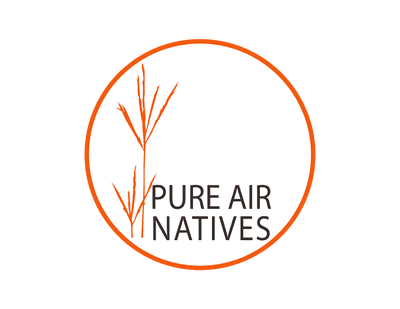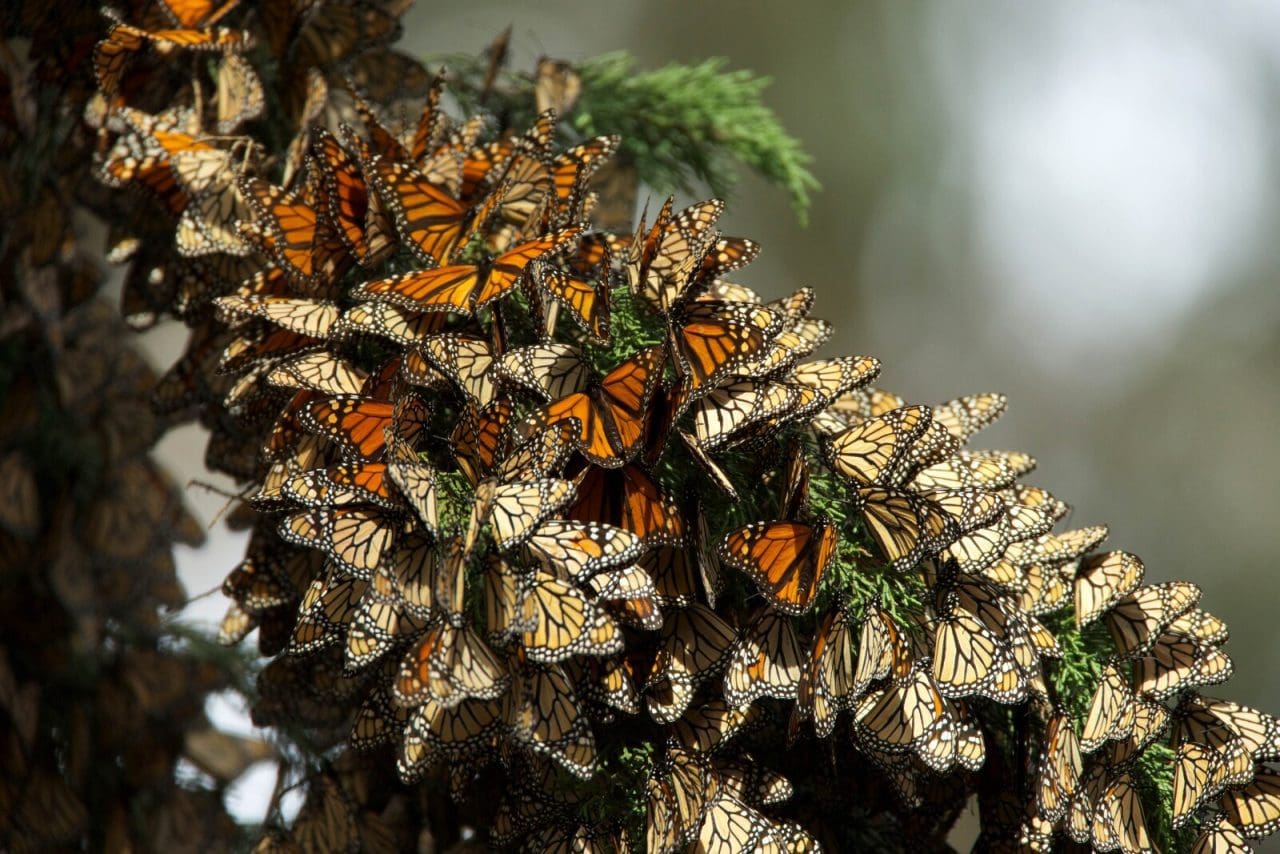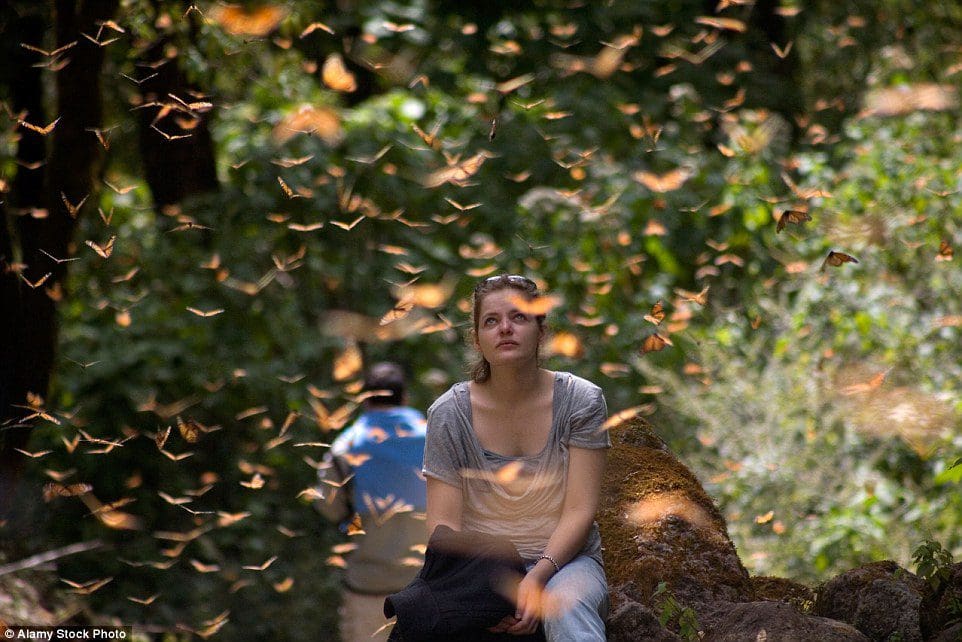The monarch butterfly has a critical dependence on a selection of native plants for its survival. These plants provide the necessary habitat and sustenance for the butterfly at various phases of its life cycle. Learn which plant is vital to the survival of monarch butterflies in our newest article below.
Most important plants for the monarch butterfly:
-
- Milkweeds : This particular of plants serves as the primary food source for monarch caterpillars, as well as a source of nectar for adult butterflies.
- Goldenrod : Plant provides important nectar sources during the fall migration.
- Black-eyed Susan : Plant is another important nectar source during the fall migration.
- Joe Pye weed : Plant is an important nectar source for during the fall migration.
- Ironweed : Plant is another important nectar source during the fall migration.— See our custom Prairie Seed Mix For Pollinators and Monarch Habitat Seed Mix
Migration of the Monarch Butterfly
The migration patterns of the monarch butterfly are a remarkable natural phenomenon. During this migration, adult monarchs will rely on a continuous supply of nectar from plants like goldenrod, black-eyed Susan, and ironweed to fuel their journey.
The butterfly will breed in the northern United States and Canada and migrate to its wintering grounds in central Mexico. During the breeding season, monarchs prefer to lay their eggs on milkweed plants in a variety of habitats, including meadows, fields, roadsides, and gardens. In the winter, monarchs gather south in large numbers in the Oyamel fir forests of central Mexico, where they roost for several months until the following spring. During the migration and wintering periods, monarchs can also be found in other habitats such as coastal dunes, swamps, and riparian areas. They prefer open habitats with a mix of nectar-producing plants for food and suitable host plants for laying eggs. They need protected roosting sites, such as trees and shrubs, where they can cluster together in large numbers during their wintering period.
Learn more about the migration of the Monarch Butterfly to Mexico here
Timing and Location Matter
Timing , location , and availability of these nectar plants play a crucial role in the life cycle of the monarch butterfly. The timing of the migration can be influenced by the availability of food and other environmental factors. For example, the migration is triggered by changes in day length and temperature, and the butterflies need to find enough food to build up their energy stores before the journey.
If the plants are not available in sufficient numbers, the adult monarchs may not have enough energy to complete their migration cycle or to breed successfully once they reach their wintering grounds. This can have a negative impact on the overall population of the species.
It’s important to remember that the survival of the monarch butterfly, during and after their migration, is threatened by several factors, including environmental and habitat loss, pesticide use, and climate change. With your help and by planting native nectar rich plants in our gardens and communities, we can help to support the survival of this iconic species.



